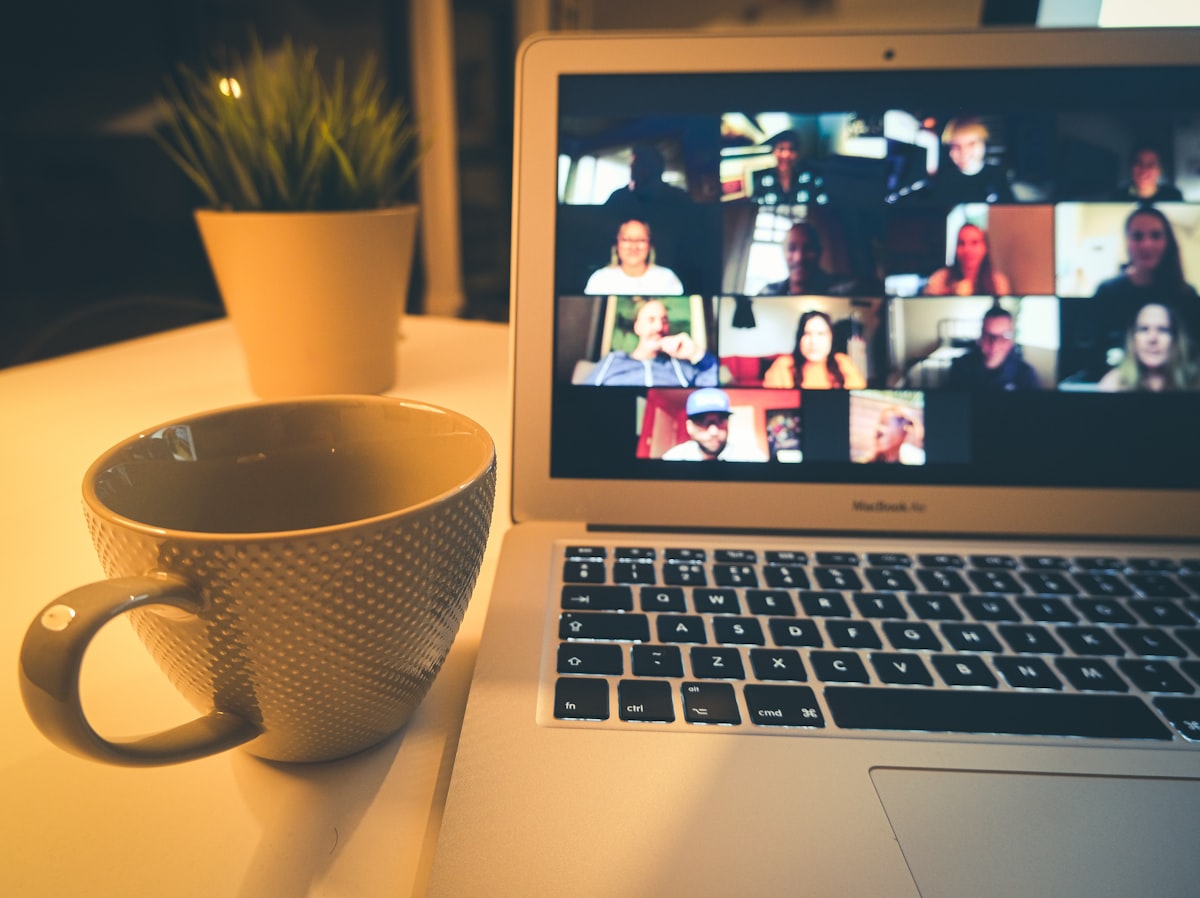Meetings can be an essential part of business life, but if you’re not careful they can be a major source of burnout. Here are a few ways to prevent Zoom fatigue and get the most out of those virtual meetings:
Shorten your Zoom meetings.
The longer your video meetings, the higher your chance of developing Zoom fatigue. Here are a few ideas to reduce virtual fatigue and simplify your calendar:
- Shorten the length of your video call. If you can, save 5 or 10 minutes whenever you can to give yourself and others a chance to step away from the screen between each video interaction. This may mean that you need to schedule breaks between Zoom meetings, or schedule a new meeting or audio call to continue a conversation that is running long.
- Shorten the number of meetings in a single day, and eliminate back-to-back meetings. To reduce Zoom fatigue, you must focus on optimizing the time you spend making direct eye contact with the camera. Keep track of how many video calls you have per day and whether those are all necessary for your workflow and productivity (if not, then prioritize what needs to be done first so you're less likely to have to make important decisions when you're emotionally drained). For introverts, even friendly social interactions can be draining.
- Shorten the number of topics covered in each meeting. For example, if you're working on a complex, long-term project, try breaking up large tasks into smaller pieces so that each part becomes its own step rather than one big activity—this will help make it easier to process information and create individual meeting agendas.
Try a standing meeting for your virtual meetings.
If you're meeting with a group, standing meetings are better for group dynamics. They're more fun, less formal and encourage movement, whether you're in person in a conference room or video conferencing.
With seated meetings, it's hard to avoid multitasking: we tend to fidget and look at the floor or our phones off screen. When we stand up and move around (in a way that doesn't interfere with anyone else's ability to hear or be heard), people tend to feel more engaged in the conversation. This can have positive impacts on creativity, problem solving and brainstorming because it makes people feel more natural in their bodies—which feels different than sitting in a chair feeling drained for an extended period of time!
Do something you love in the middle of the day between video calls.
You can get a little brain boost, fight off fatigue, and break the monotony with a midday activity. The key here is to do something that makes you feel good: energized and productive or accomplished and relaxed. Here are some ideas for your short breaks:
- Take a walk (for as long as you can).
- Read your favorite book, one that doesn't require much cognitive effort.
- Step away from computer screens and write a poem (or read one).
- Listen to a podcast or audio book.
- Do some chores around the house, like cleaning or organizing.
Start every meeting with gratitude.
Gratitude helps ease stress, gel the team in an intense situation, and improve team communication. You can do this by giving a brief introduction of the meeting purpose, thanking everyone for their time and effort, and then going around the room to give each person an opportunity to share something they're grateful for, ensuring that you share first. This will help you and the group feel more positive and energized throughout the rest of your meeting.
So what should you share that you're grateful for in your life? It could be anything from your health, your relationships, to simply being alive! Zero in on what you are grateful for in your life and share it with the group to get them talking.
Focus on building real connections.
Too often, meetings are viewed as a necessary evil. They interrupt the workflow and add to the stress of employees. But meetings can also be seen as an opportunity for people to build relationships with each other in a work environment. The more you get to know someone, the more likely you are to build trust in that person and his or her ideas. This is especially true when it comes to brainstorming sessions or team-building experiences—you want everyone on your team working together toward common goals, so it's important that they have some kind of shared history together before coming into the room.
The best way to make sure you're building real connections with others during meetings? Active listening! Communication isn't just talking. When someone is sharing something with you, try not just waiting until it's your turn again but actually listening intently for any points to follow up on (or even just give them your full attention and presence). If someone asks whether something makes sense or if there's anything else that needs clarification, don't hesitate before answering with verbal or nonverbal cues; this way people know they've been heard and understood by everyone else in attendance too!
One way to make active listening easier: on your next Zoom meeting, select "Hide Self View" to keep your camera on but make your video invisible. Video conferences are distracting on their own, but hiding your live video feed from your view can help.
Another great way for meeting participants to get to know each other better and minimize Zoom burnout: asking open-ended questions. These types of questions seem simple enough at first glance (and can even feel trivial), but over time you might find common ground and dive into deeper conversation topics like current events affecting business both inside and outside its walls.
Shorter, more personal meetings will help combat Zoom fatigue
We often fall into a trap of thinking that we can do a day of endless meetings without any negative affects on our mental health. Sadly, many meetings are too long and poorly managed. Shorter and more focused meetings will help your brain avoid getting overwhelmed by too much information, overexposure to negative feelings, or distraction with nonessential tasks, which can be overwhelming for team members who are already feeling burned out from long hours and multiple projects. Try practicing your ability to detect social cues by watching your team's body language and facial expressions in the next meeting. Look for changes on Zoom calls after the 30-minute mark.
Keep it focused with an agenda. Make sure that each video call has a specific purpose, outcome, and decision(s) to be made. Having an agenda ensures that everyone involved understands what they’re supposed to be doing in the meeting so they can avoid unnecessary stressors, cognitive load, social fatigue, and time expended. No need to work harder than you need to!
Conclusion
Burnout is a serious issue in the business world. It affects productivity and can lead to absenteeism, which impacts both employees and employers. By implementing some of these tips into your meeting management strategy, you can avoid the mental fatigue and productivity problems that come with too many video conference calls.










Member discussion